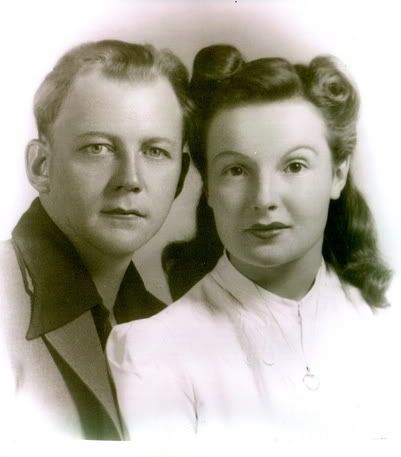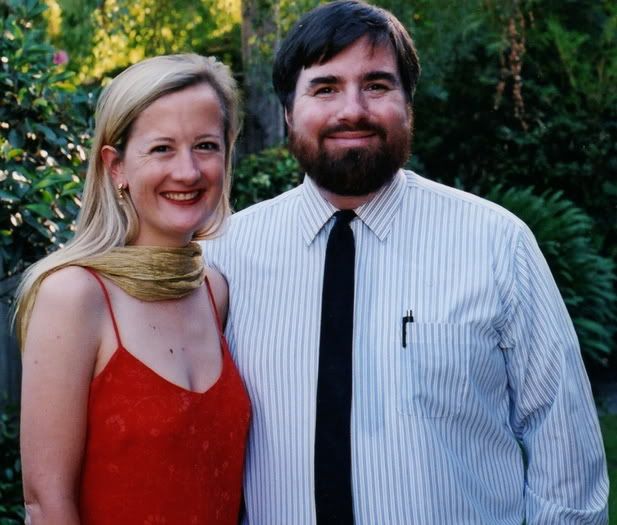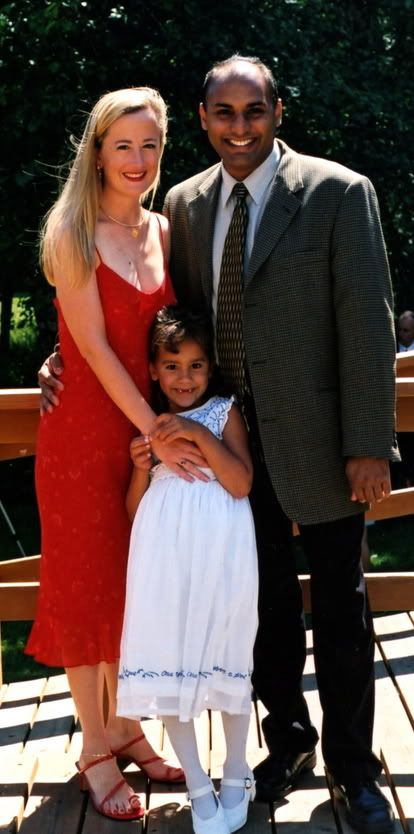 This statue is extremely well known; End of the Trail, by James Earle Fraser. It is an incredible study in lines. Every line, from the braids to the spear to the horse's tail to the posture of horse and rider points in one direction. Down and west.
This statue is extremely well known; End of the Trail, by James Earle Fraser. It is an incredible study in lines. Every line, from the braids to the spear to the horse's tail to the posture of horse and rider points in one direction. Down and west.I read once that when Fraser was growing up, his father was an Indian agent who really liked Indians. They often stopped at his home, talking late into the night. Fraser was fascinated with them, listening, and later talking to his father about them. He said in later years that he remembered one night when his father said, "The Indian was here first, and now the white man is driving him further and further west, until he is going to have no choice but to ride into the Pacific Ocean." And that is what this statue is meant to depict. It is a heart breaking piece. Which is one of the things that art is so good at and for -- showing us the concept in the image.
 After all, when Colin Powell addressed the U.N. prior to the Iraq War, they covered Guernica, which Picasso painted after the bombing of that city. The horror of war from the air, to people and animals, is depicted with a strength that reaches inside and twists our hearts. This was the first piece of non-representational art that I totally understood and felt could not have been improved in any way.
After all, when Colin Powell addressed the U.N. prior to the Iraq War, they covered Guernica, which Picasso painted after the bombing of that city. The horror of war from the air, to people and animals, is depicted with a strength that reaches inside and twists our hearts. This was the first piece of non-representational art that I totally understood and felt could not have been improved in any way.


















5 comments:
These are good examples of something so direct and simple that it can move a person to be a better person just be seeing the art and learning from it. Good thoughts in this post.
What do you mean they covered the painting...is there a copy of it at the U.N.?
I know Picasso made many versions...we saw one in San Francisco this spring, and it was impressive in its sadness.
Hi! You have won a prize in the Most Humiliating Moments in Parenting contest at my blog. Stop by and pick it up!
That's an intriguing story. That period in time is so fascinating and sad.
J,
The official word is:
"It is a testament to the horrors of Fascism. The authority of this image is reflected in the hanging of a tapestry reproduction of Picasso's painting outside the Security Council of the United Nations, an institution which emerged after the defeat of Fascism. It is poignant that this symbol served as the backdrop to many of the public statements by diplomats engaged in the Security Council debate during the winter of 2003 over the use of military force in Iraq. On January 27, a blue curtain was used to cover the tapestry, because someone (it is not clear whether it was a diplomat or member of the media) confidentially approached U.N. officials expressing concern that it would not be an appropriate background if the ambassador of the United States at the U.N. John Negroponte, or Secretary of State Colin Powell, talk about war surrounded with women, children and animals shouting with horror and showing the suffering of the bombings."
Post a Comment